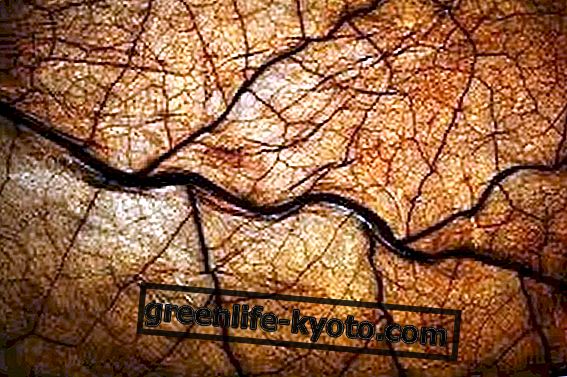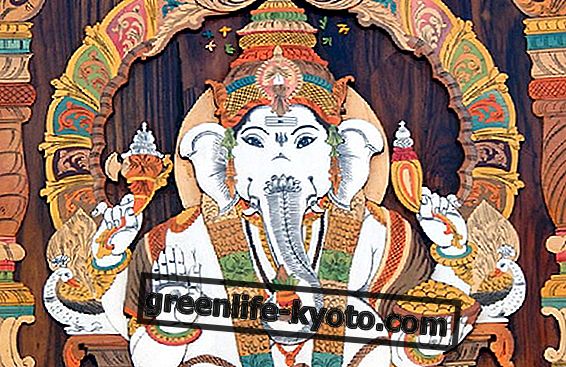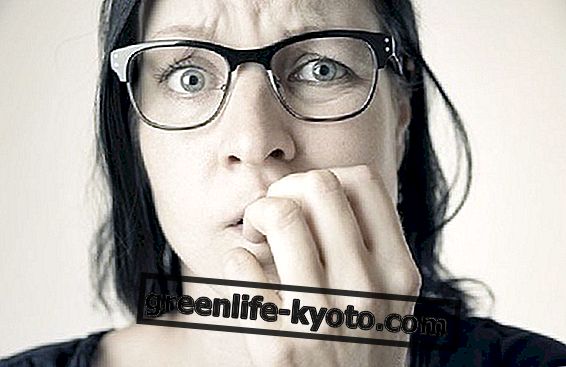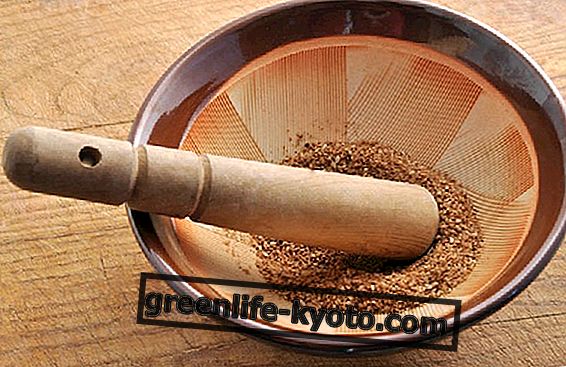Mandala meditation is an ancient meditation practice that consists of interaction with Tibetan design forms . Discover it better.

History and origin of the Mandala meditation
Mandalas are particular designs of Tibetan origin that are used to practice meditation. Although the symbolism of each mandala is rich and very complex, the meaning behind it is the same, namely that of relating the center to the periphery . Each of us habitually lives in the superficial layer of things, with the consequent loss of sight of our center.
Therefore, mandala meditation allows us to recover the consciousness of our center. Each mandala, thanks to the presence of colors, shapes, symbols and letters, represents particular energies . These are present in the mandala, which can therefore put the observer in contact with the energies he represents. A mandala thus represents the image of a vibration, whose dynamic is expressed in the transformation effected on the consciousness and on the energy of space. In this way it represents the relationship between space and time.
The word mandala comes from the Sanskrit and means circle . Traces of it can already be found in the sacred texts of the Vedas, around 1500 BC. C. The term was originally related to celestial elements such as the Sun and the Moon. The square mandala with four extensions, in the shape of a letter T, consists of an image in which figures, places and objects are depicted with considerable accuracy. The purpose of making a mandala is to reconcile and somehow reunite the human "microcosm" with the divine "macrocosm". In this way, it represents a means, alongside meditation and prayer, to reach a higher degree of awareness.
The benefits of Mandala meditation
Mandala stands for circle. Each circle has a center. For a Buddhist, drawing a mandala, using colored sands or shells, increases awareness and leads to enlightenment. Whoever practices mandala meditation creates a circle of energy that allows the subject to center himself, in a completely natural way. The most immediate benefit is that of instant calm and absolute silence.
Mandala meditation, in reality, creates an energy circuit that raises the orders of energy. Contemplation of a mandala inspires serenity, deriving from the sense and order we see.
The mandala meditation responds to the demands of harmony and balance linked to a reality in continuous movement between material life and spiritual life. We find a message of well-being and peace, at times magical, as it caresses the deepest strings of the human being, bringing it back to an age in which Nature and the most intimate essence of man were aligned and integrated with the energies Universe.
If you don't want to go that far, a therapeutic use of the mandala is also widespread in the West, used as a key to understanding the subjective inner universe. And to experience the mandala is none other than Carl Gustav Jung (1875-1961), a student of Sigmund Freud (1856-1939), father of psychoanalysis. According to Jung, the mandala is very useful as it allows to consolidate the inner being, favoring deep meditation.
You can go deeper into all types of meditation
Description of the technique
Mandala meditation is relatively simple. Once you have established which mandalas are particularly important and favorable to you, they can be used either as an aid to meditation or even just to observe them, letting them act on you. Let's see what to do. Give yourself a moment of the day when you can rest easy.
Get a mandala and fix the center of the design. Accompany this action with a wide and long-lasting breath . Increase your concentration on the center, not letting yourself be contaminated by your surroundings. Just as the eye enters the center of the drawing, so imagine yourself descending into yourself, in depth, as if overwhelmed by a flow of current. Choose a point on your body and direct us to it. It does not matter which. It may be the heart, the head, the navel ...
When you feel the sensation of relaxation and well-being, be ready to surrender yourself completely to it. Don't demand anything in particular, simply remaining aware of what is happening. Another method of interacting with mandalas is to walk the perimeter lines of the figures with the index finger of the right hand, and then re-execute the path with the index finger of the left hand, in the opposite direction.
Suitable for
The interaction with the mandalas offers some ideas for becoming aware of unconscious psychic contents, in order to be able to release the powers of self-healing and to create inner harmony. The mandala meditation is therefore aimed at those who want to learn more about certain aspects of their personality . In fact, this technique allows these subjects to manifest inner tensions and conflicts, triggering a clarifying and regulating effect on the spiritual personality.
Meditation with mandalas is also aimed at those who want to seek relaxation and well-being, without renouncing their creativity : in mandalas our feelings and moods are not expressed only, but our artistic and creative ability emerges in the sunlight. Whoever approaches mandala meditation is usually an individual who seeks harmony in the chaos of his own person.
If our Self is not harmonious, if something is missing, it means that we live in imbalance: we therefore bring together the elements that provide balance, harmony and reunification with ourselves in the mandala.
Where Mandala meditation is practiced
Mandala meditation is very simple to practice and there are many solutions within reach of the adept. First of all, there are mandala courses, often in Tibetan study centers if they are closely associated with meditation, which teach the philosophy and technique of the mandala.
It is important to know the types of mandalas and their associations with colors. In addition to this training, there are other ways to practice meditation with mandalas. There are several books on mandalas, volumes containing drawings that can be colored, with explanations and information attached.
There are also many videos about mandalas, whose vision accompanies, from the Internet era, meditation from the comfort of home, thanks also to the help of sweet background music. Always on the net, it is possible to find mandalas for coloring, which can be downloaded and printed.
Curiosity
A traditional mandala character is to be built with sand, a beautiful representation of the impermanence of things and life. The mandalas, in 99% of the cases, are deliberately destroyed after use .
The sand is carefully swept towards the center or towards the origin of the drawing and the dust is collected in an urn. One part is distributed to those present, while the other part is poured into the nearest river or stream so that through the blessing of the water the oceans reach the sea, bringing well-being and health to the whole planet.
Only a few mandalas are left on display in the monasteries, so that they may be a warning: until the health and purification of the world is achieved, the mandala will not have achieved its purpose.













